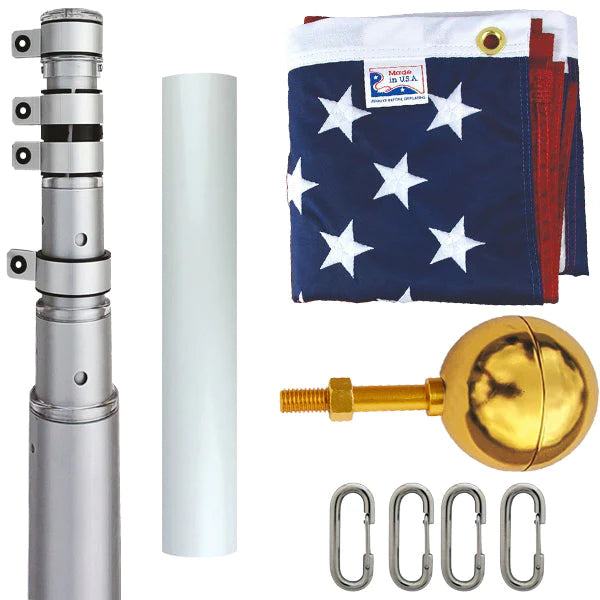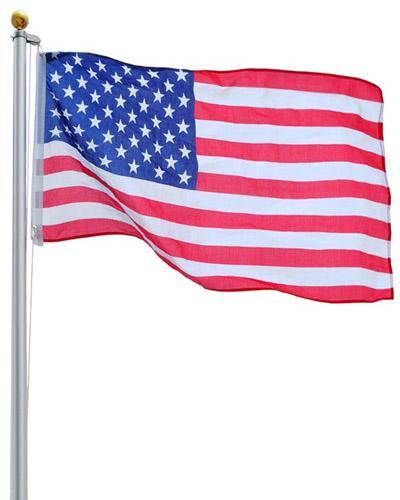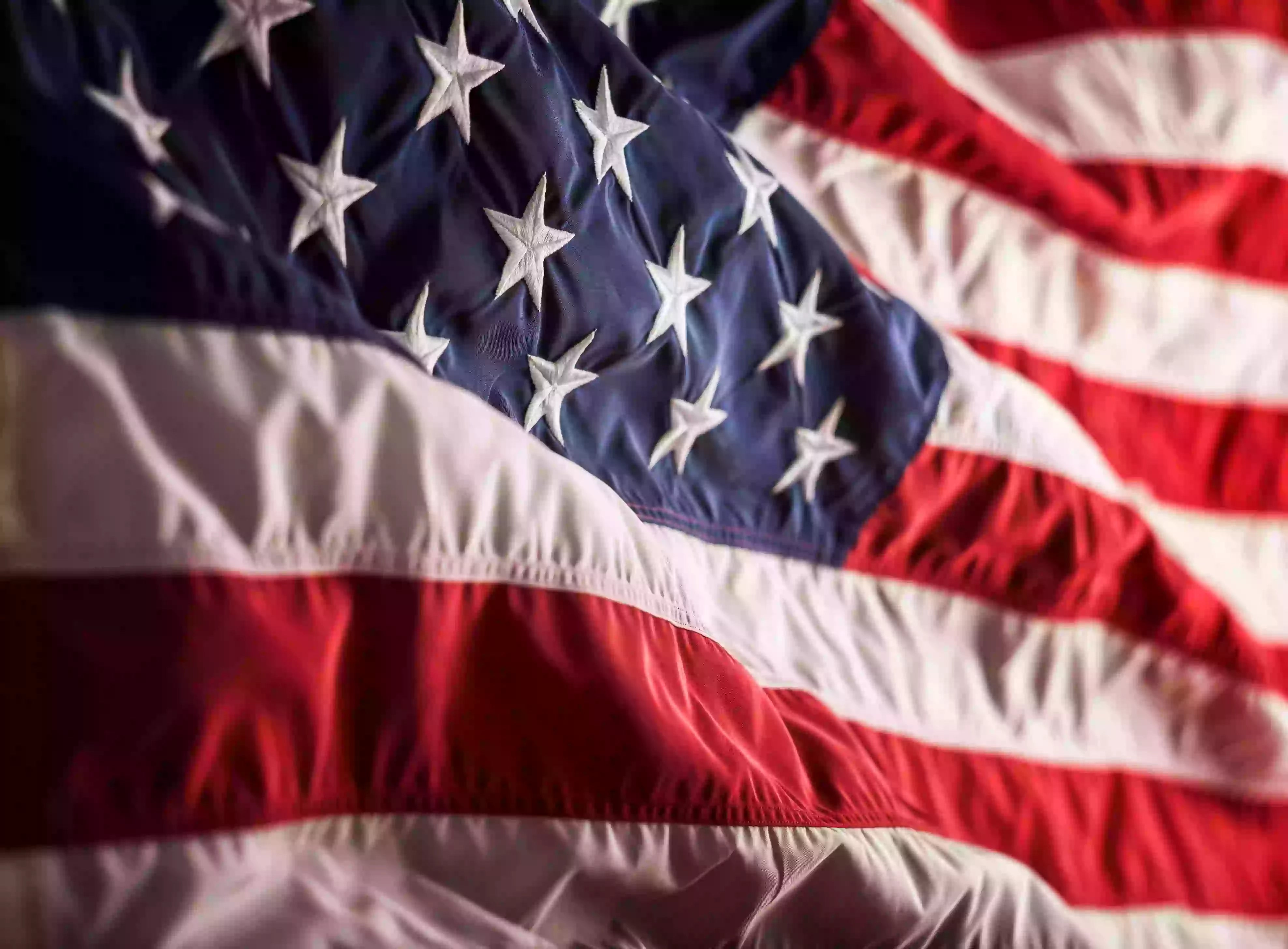People often think of the U.S. flag as a symbol of the country’s values, struggles, and triumphs. This sentiment led to the creation of the U.S. Flag Code, which provides guidelines on how people should display and handle this revered symbol. The story behind the establishment of these rules can provide one with insight into the nation’s respect and reverence for its flag. Read on to learn about the history of the U.S. Flag Code and how it has evolved over the years.
Veterans Seek To Protect the Flag After the Civil War
The U.S. Flag Code’s development stretches as far back as the 19th century. At that time, many veterans of the Civil War found themselves displeased with the ways that others were using the flag, particularly in their advertisements or on their products.
The veterans felt a deep-seated need to protect this emblem that had flown over battlefields and inspired patriotism. This sentiment marked the beginning of efforts to formally protect and respect the Stars and Stripes.
U.S. States Create Their Own Flag Codes
It would be decades before the U.S. Federal Government adopted a code to protect the flag. Several individual states, including Illinois, began establishing rules and guidelines for the flag’s proper treatment in the meantime.
Over time, all U.S. states established their own laws about the flag’s usage, which banned the use of it in ads and prevented people from committing multiple acts of desecration. The Supreme Court ruled that the states had the right to outlaw these uses in a 1907 legal case; however, the Code as we know it today would arrive years later.
The Creation of the Official Code
1923 marked an important period in the history of the U.S. Flag Code. That year, the country got its first look at what would become the official national code. During the National Flag Conference in Washington, D.C., several groups—including the American Legion and the Daughters of the American Revolution—got together to create a comprehensive set of guidelines to standardize the treatment and display of the flag across the nation. More than 60 groups attended the event, as did the 29th U.S. President, Warren G. Harding.
Although the U.S. Flag Code did not become a law at that stage, the American Legion published the results of the meeting and sent them across the United States. The organization performed the same service when the Conference occurred again the following year.
Thirteen years later, the American Legion also created rules about what people should do when their American flags reach the end of their service lives. It decided that they should dispose of the flags by burning them, which remains part of the U.S. Flag Code to this day.
Roosevelt Signs the Code Into Law
Despite the creation of the U.S. Flag Code, it would not be officially adopted nationwide until nearly two decades after the first meeting. In 1942, Congress passed the Code, and U.S. President Franklin D. Roosevelt signed it into law, making it a binding standard for the treatment and display of the flag.
Now an official law, the U.S. Flag Code provided clear guidelines on how to honor the flag, reflecting the nation’s collective respect for its symbol. It included instructions on displaying the flag on different occasions, handling it during ceremonies, and what actions constituted disrespect.
Signing the Code into law standardized flag etiquette and underscored the importance of the flag as a national symbol. It advised people to treat the colorful banner as an actual being since it stands for a “living country.”
The timing was significant, as the United States was deeply involved in World War II. The flag served as a powerful symbol of unity and hope during this tumultuous period.
The Supreme Court Makes a Reversal
While the U.S. Flag Code established guidelines for flag etiquette, it also sparked debates about freedom of expression. A landmark case addressed this subject in 1989 when the Supreme Court ruled in Texas v. Johnson that flag burning constituted protected free speech under the First Amendment.
The court’s decision reversed many of the legal protections that the U.S. Flag Code had sought to enforce. The ruling emphasized that while the flag is a powerful symbol, the right to express one’s views—even through actions such as burning the flag—was a fundamental aspect of North American democracy.
This decision led to renewed efforts by some groups to amend the Constitution to prohibit flag desecration, but those efforts have not succeeded. The Supreme Court’s ruling highlighted the complex balance between respecting national symbols and upholding individual freedoms.
How People Follow the Flag Code Today
Today, the U.S. Flag Code remains a crucial guide for properly displaying and handling the U.S. flag. While the Code is not legally enforceable, many continue to follow its guidelines out of respect and tradition. Schools, government buildings, and private citizens often adhere to the Code’s recommendations.
For example, many ensure they do not display the flag in inclement weather unless it is an all-weather flag. They also follow the Code’s guidelines for flying the flag at half-staff to honor those who have passed away. Community organizations and veterans’ groups continue to educate the public about the importance of following the Flag Code.
The U.S. Flag Code is also open to revisions under certain circumstances. If the current U.S. President wishes to make a revision or repeal a certain part of the Code, it allows them to make that change. This decree occurred in 1959 when Dwight D. Eisenhower added the 50th star to the flag, marking Hawaii’s addition to the United States. The Code’s principles serve as a reminder of the respect and reverence that the flag commands.
This history reflects the United States’ evolving relationship with its more cherished symbol. Liberty Flagpoles can help you show your pride and display this symbol of reverence outside your home or business property. We offer many flags and flagpole products—including heavy-duty flagpoles—that will allow you to express your love for your country while making sure you follow the U.S. Flag Code.








